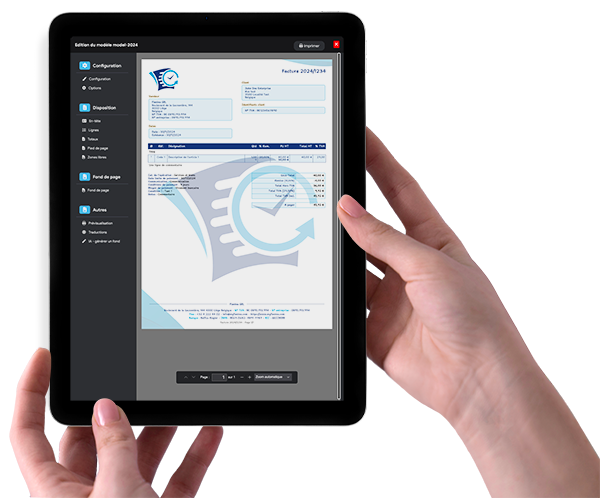What are the differences between a prospect and a client?
It is essential for a company to build a solid client portfolio if it hopes to offer sustainable growth to its business. To do this, it must define precise criteria to approach prospects, in other words potential clients, in order to convert them into real clients. Added to this prospect classification is a wide choice of strategies in terms of outreach, such as direct mail, emailing or telephone campaigns. Discover the fundamental difference between a client and a prospect as well as the identification of potential clients and the different outreach methods of a company.
Understanding the difference between a client and a prospect
Understanding the difference between the terms "prospect" and "client" is very important, as it will play a major role in the growth of your company and therefore your revenue. Thus, the definition of a prospect is quite simple. It is a potential client, having needs corresponding to the products or services offered by the company, and therefore may be led to sign a contract.
The prospect can be represented by any person or company, provided they meet coherent criteria that can maximize the chances of selling. Whatever the outreach method chosen by the company, finding clients will primarily involve the effective creation of a list of prospects. The very definition of a client then corresponds to a prospect who has been seduced by an offer and who agrees to sign a sales contract. The prospect has thus become a full-fledged client of the company.
Properly defining your prospects
Identifying your prospect
Defining potential clients means prospecting effectively, in order to optimize your chances of converting your prospects into clients. This involves finding individuals or companies that may need your product or service in question. The company may, for example, classify a given population according to criteria of age, purchasing power or place of residence, in order to determine which person it is really useful to approach.
Classifying prospects
A classification helps determine which prospects are even more likely to become a client:
The cold prospect
Also called "suspects," these are individuals or professionals who have shown interest in a good or service offered by your company, but only following a prospecting campaign. These prospects indeed did not seem interested before, and therefore become potential clients on whom the company must pay careful attention. Not necessarily in a hurry, these "suspects" may still be led to conclude a contract with the company.
The warm prospect
This is a prospect interested in a type of product or offer, and this well before contact with the company's outreach campaign. Their needs are more pressing than cold prospects, so it will be preferable to follow up with them as a priority. They are indeed more likely to conclude a sales contract and thus become a potential client. Be careful, if your company takes too long, the warm prospect risks turning to the competition if they offer the product before you.
The hot prospect
This prospect has high potential in terms of sales conclusion. It is often a commercial contact from a website form or an emailing campaign. Once their contact is registered, it will be necessary to sell the strengths of your company well.
Approaching potential clients
Outreach methods
Prospecting for prospects can take different forms, such as telephone advertising or radio announcements. In all cases, this involves a more or less high cost for the company. Thus, identifying prospects is essential to ensure an interesting return on investment. Choosing one or more outreach methods must be a thoughtful operation and constitute a full commercial strategy to hope for results.
Telephone outreach
This is the best tool for establishing a good relationship with the client. The telephone exchange allows transmitting an information message while listening to the detailed needs and questions of the potential client. A person who has obtained all the information they wanted will be reassured and therefore more likely to accept an appointment with a salesperson, compared to another person who would have seen an interesting offer by email but without answers to their questions.
Emailing
This strategy consists of sending information about a company's services or products to a prospect, either during telephone outreach, or beforehand so that the client has absorbed the commercial offer, or afterwards to concretize a telephone discussion deemed favorable. However, this is a high-cost approach, as it takes time, particularly in creating informative documents. It will be wise to evaluate its coherence and potential profitability before starting an email outreach.
Internet presence
This operation has several aspects of communication. For example, a company can create an informative website with an email capture system through newsletters or use its Facebook page to communicate directly with clients and reassure them thanks to a good customer rating.
Key takeaways about prospects
The prospect represents a person or company that can potentially become a client of your company, and this as soon as they have signed a first sales contract. Note that filling a client portfolio is important, but that building loyalty among the clients thus obtained is vital to guarantee the sustainability of your company.
Our invoicing software has been designed to allow you to differentiate your prospects from your clients, you can issue quotes to your prospects and as soon as they place a purchase order or the quote is converted into an invoice, your prospect automatically becomes a client.
Contact us if you have questions or if you would like to get a free demonstration of our software with one of our advisors. You can also test for free for 15 days our online invoicing service.




